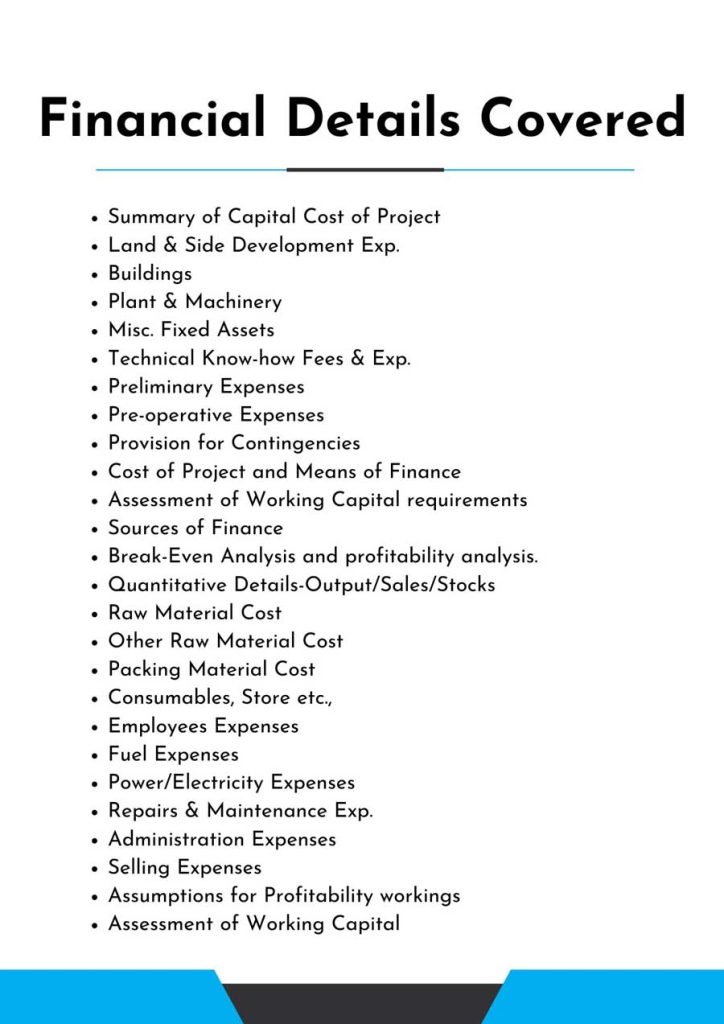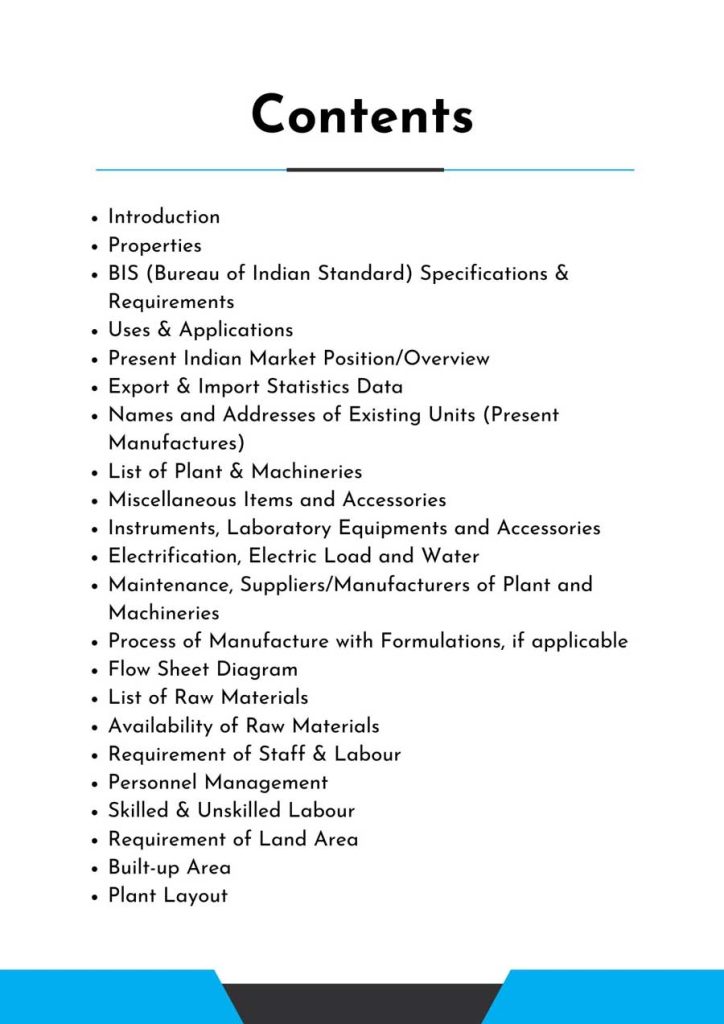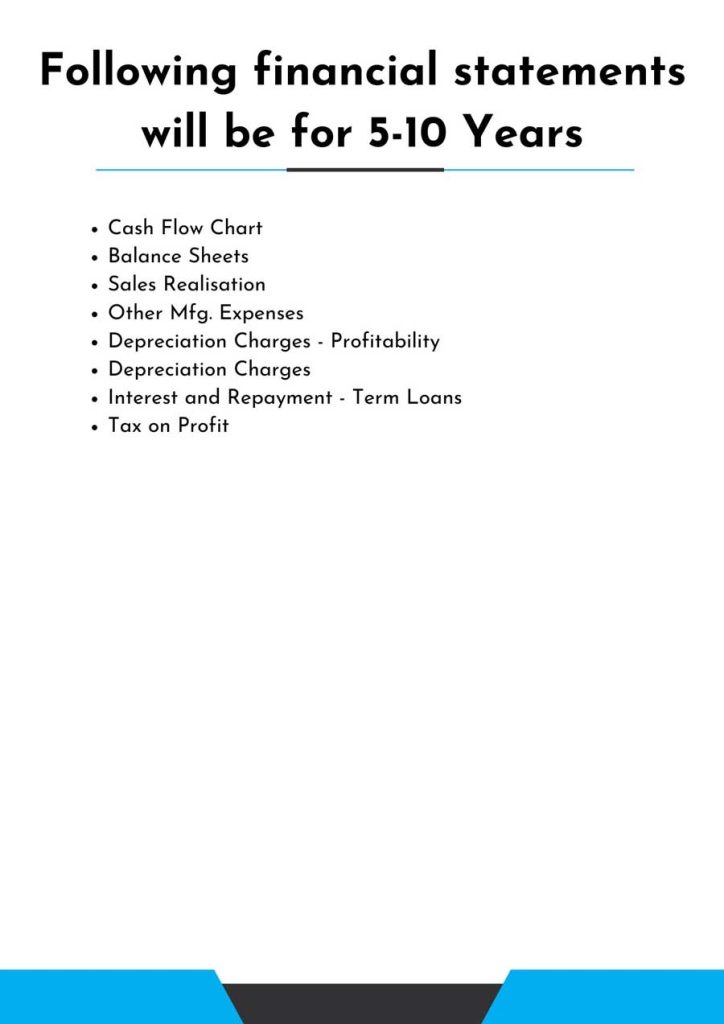Feasibility Report On
Paper Manufacturing
Paper manufacturing is the production of paper from wood pulp or recycled materials. It involves pulping, bleaching, and pressing to create various types of paper used in books, newspapers, packaging, and more.
Introduction
Feasibility Report For Paper Manufacture.
Paper manufacture transformed the industrial landscape, playing a critical role in knowledge distribution, communication facilitation, and the overall growth of human civilization. The oldest forms of paper, dating back to ancient times, were derived from papyrus and parchment, and were mostly used for religious texts and important scrolls. The paper production industry is vital to the global economy, acting as the foundation of several industries ranging from education and communication to packaging and printing.
The purpose of this paper is to provide a unique introduction to a forward-thinking paper production company that strives to break industry standards and embrace sustainability, efficiency, and technological developments.
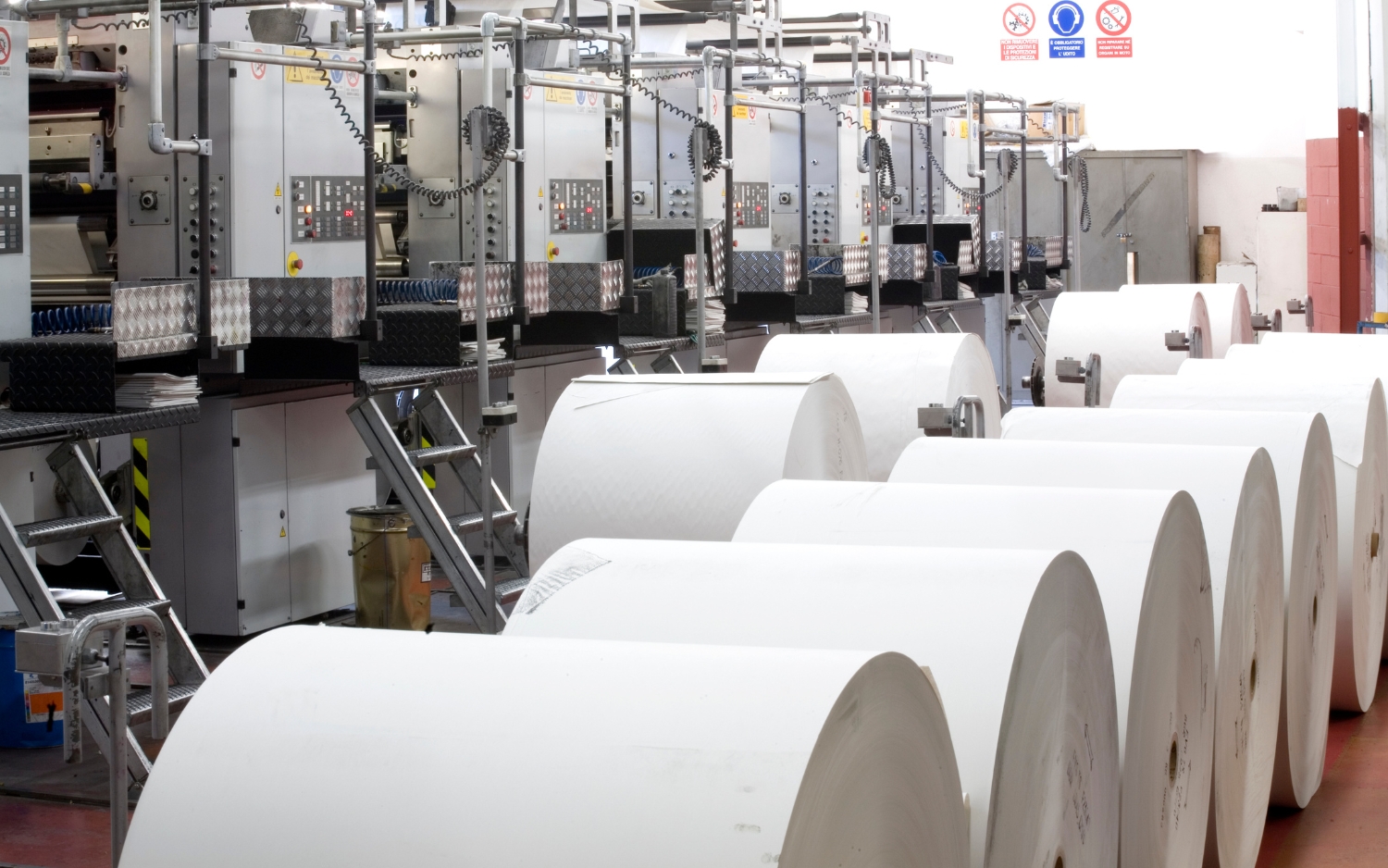
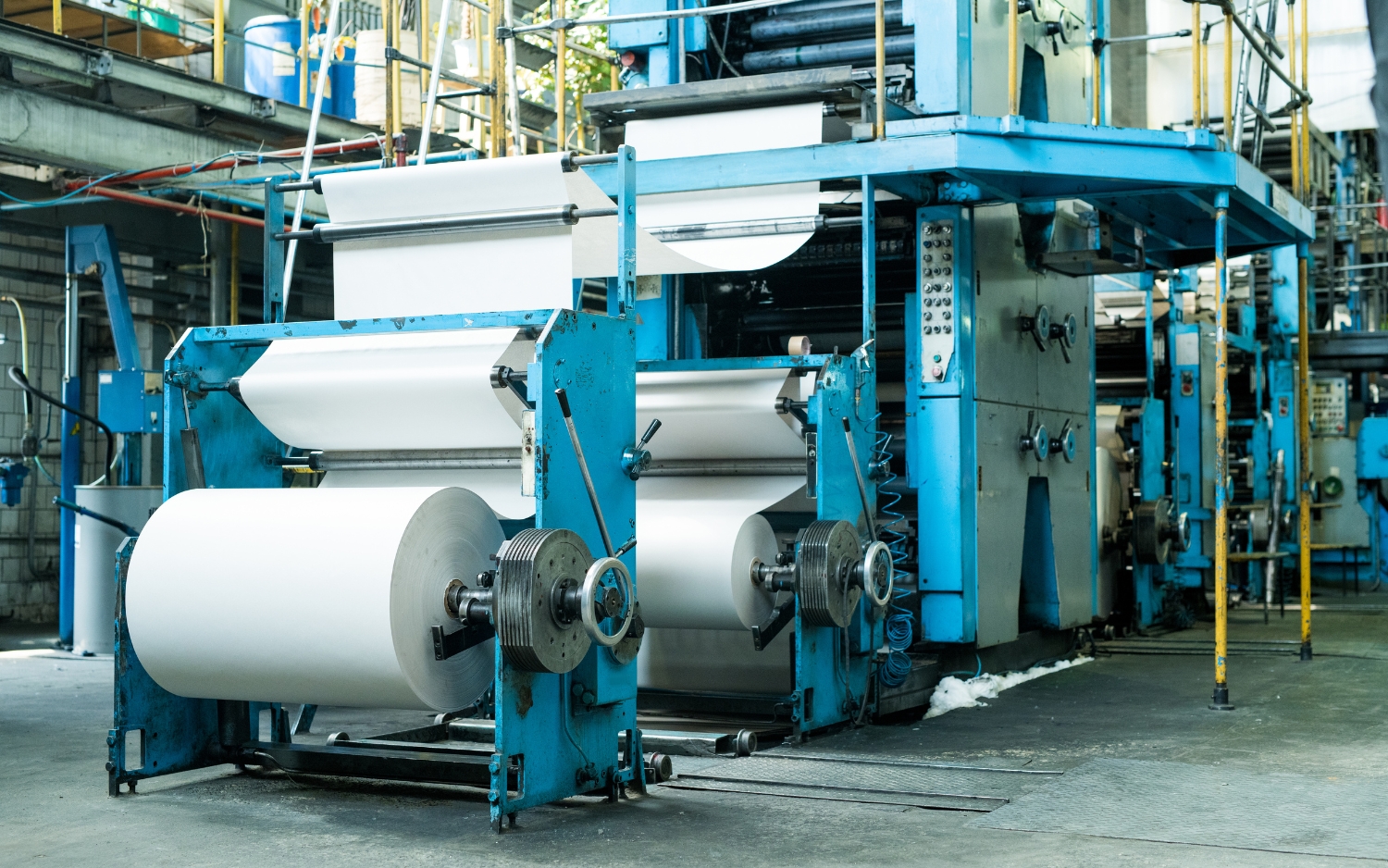
The process of transforming raw resources such as wood fiber, recycled fibre, and other components into paper goods is known as paper production. A variety of mechanical, chemical, and other processes are used to turn raw materials into pulp, which is then produced into continuous sheets of paper.
Paper manufacture normally consists of multiple phases, including raw material preparation, pulping, refining, forming, pressing, drying, and finishing. The pulp mixture is treated to a number of treatments throughout each of these processes in order to improve its attributes like as strength, brightness, and printability, as well as to generate the final paper product.
Feasibility Report Sample On Paper Manufacturing
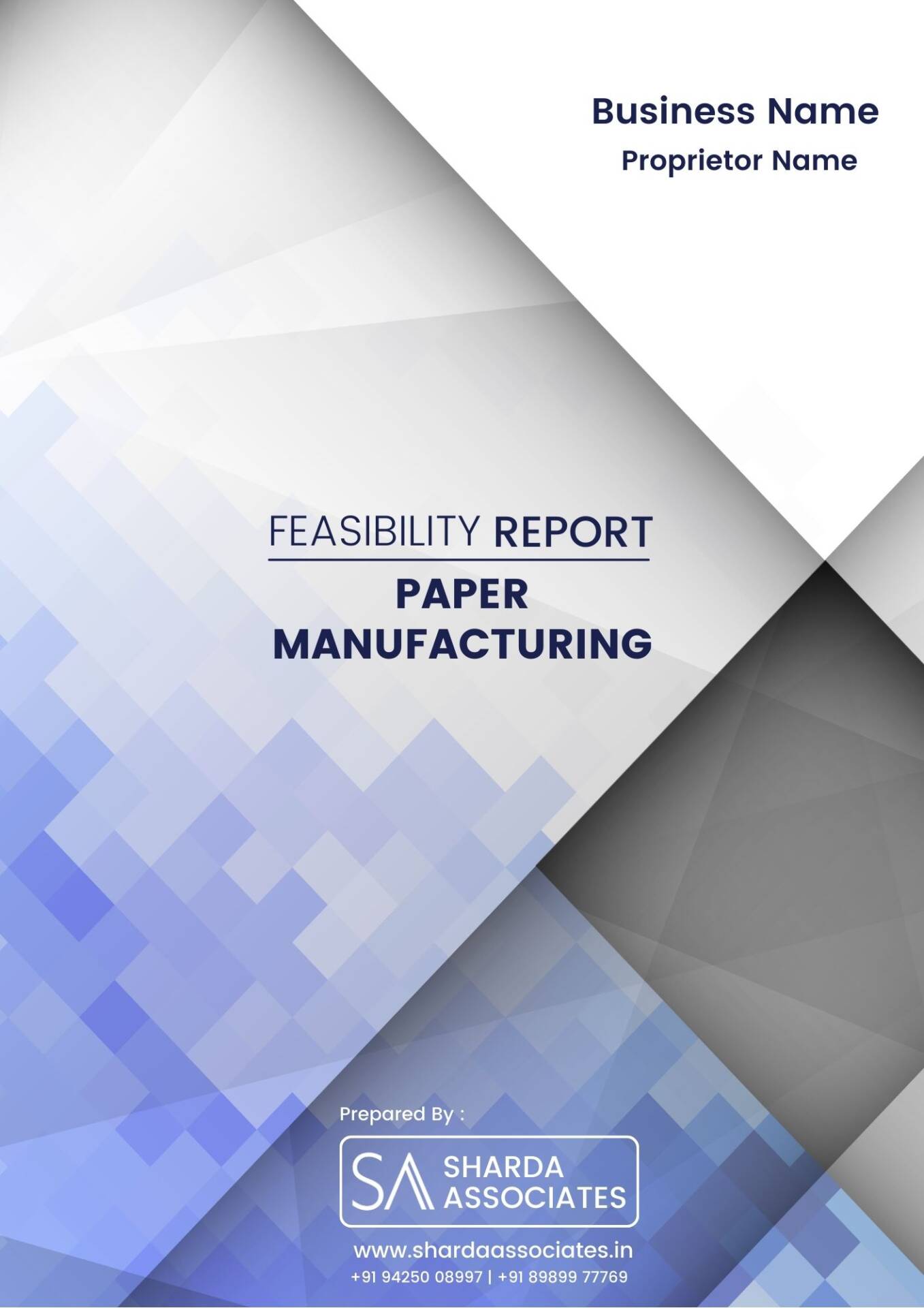


Market Strategy of Paper Manufacturing
The worldwide pulp and paper market was valued at 351.53 billion US dollars in 2021 and was predicted to grow in value in 2022. During 2022 to 2029, the market is expected to develop at a compound annual growth rate (CAGR) of 0.72 percent, reaching a value of around 373 billion US dollars.
The pulp and paper industry is the world’s largest and most important forest-based industry. Paper production has a significant environmental impact. Paper manufacturing requires a large amount of water, depending on mill efficiency, and utilises more water than other sectors like as steel and petrol. In terms of energy use, this industry ranks fourth. The undeniable benefits of pulp, paper, and packaging manufacture, such as job creation, infrastructure improvement, and economic growth, should not be overlooked.
The production and consumption of unsustainable paper, on the other hand, contributes to the degradation of natural ecosystems and deforestation. Paper makers’ market potential remains enormous, albeit in a fast changing marketplace. Several main elements are driving the industry’s growth. To begin with, the packaging industry continues to be a big user of paper products, especially with the growing popularity of e-commerce and online shopping.
As more businesses focus on environmentally friendly and recyclable packaging solutions, there is an increasing need for eco-friendly and recyclable paper products, which presents potential for innovative paper manufacturers. Wrapping and packaging, publishing and writing, aseptic, news print, and other segments comprise the pulp and paper market. Because of the increasing penetration of the e-commerce and retail sectors, the wrapping and packaging member is expected to lead the global market share in the next years. In addition, increased demand for paper bags as a substitute for plastic bags is expected to drive segment growth.
